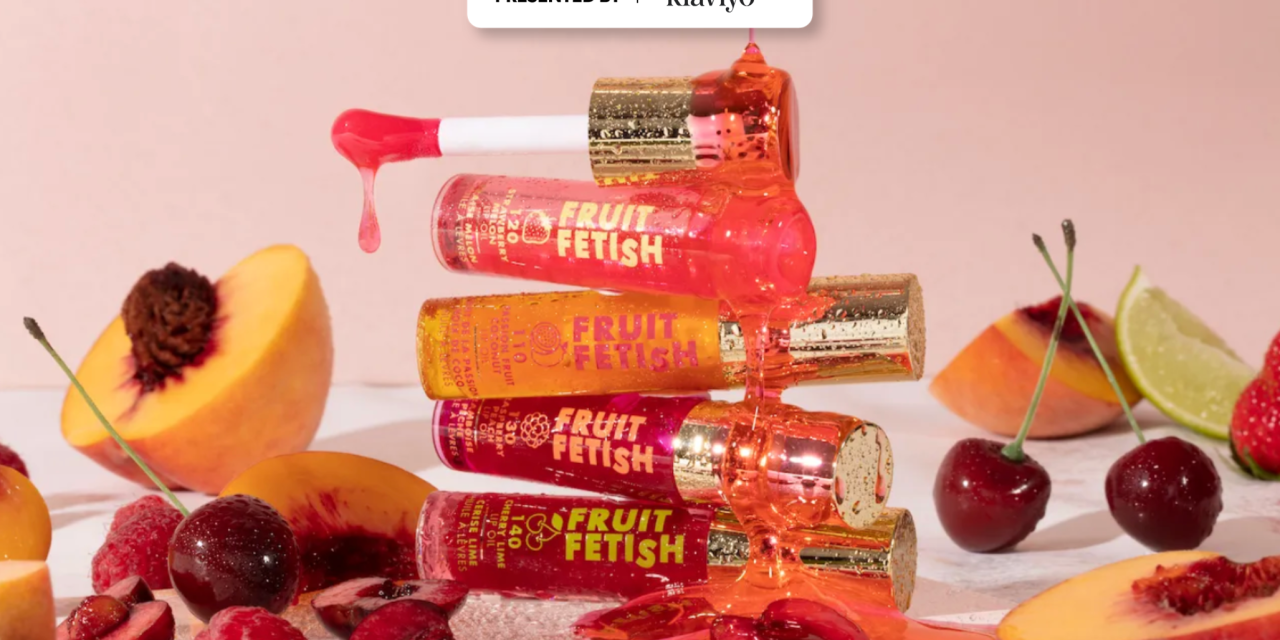Gen Z wants to ‘turn off’ TikTok Shop, as beauty brands test the waters

This story is part of Glossy and Modern Retail’s series breaking down the big conversations at eTail West.
Gen Z doesn’t like TikTok Shop.
That’s according to an on-stage discussion between Jeremy Lowenstein, CMO of makeup brand Milani, and a group of Gen Zers known as the Z Suite, at the eTail West conference on February 27. The Z Suite, compiled by Berns Communications Group, serves as a focus group for retail, consumer and technology companies.
“None of them want TikTok Shop,” Lowenstein said, calling out highlights from the panel session. “They wish they could turn it off on their For You page.”
During the talk, when asked about their beauty retailer of choice, the panelists chose Sephora or Amazon over TikTok Shop, stressing their dislike for the latter.
But, for its part, Milani hasn’t written off the commerce opportunity.
As reported in July, Milani does about $200 in annual sales and experienced growth of around 30% year-over-year in 2023. Over the last few years, the company has clicked with young consumers based on its innovative yet affordable cosmetics and ability to tap into cultural conversations. Lowenstein joined the company in 2021, following roles at Coty and Kopari.
Below, in discussion with Glossy and Modern Retail, Lowenstein breaks down Milani’s TikTok Shop strategy to date, as well as its approach to creating platform-specific content. He also explains the brand’s response to the current “oversaturation of digital content.”
How has Milani approached TikTok Shop?
“Like everybody in beauty, we’re exploring it and [figuring out] the right way to test and learn from it.
[The TikTok Shop influencer] is a very different type of influencer. The influencers that we all know and love and have cultivated relationships with don’t necessarily want to be promoting TikTok Shop because they see it as a conflict of interest: They’re getting a commission, yet they know their community [follows] them for their authentic voice — even though everyone does sponsored brand content.
Every brand is running [to the TikTok Shop opportunity], but for us, it’s a little bit of a walk-and-see-how-it-goes approach. We want to [first see] the results of an organic versus paid [strategy]. And also, the fact that Gen Z is telling me they’re really not interested [in TikTok Shop] is interesting.
What’s also interesting is that what made TikTok relevant was entertainment. TikTok Shop isn’t entertainment. It’s about selling. So, [we’re working to pinpoint] how to find the right balance and when in the consumer’s journey it’s right for [a commerce play] to show up on their For You page.”
Is Milani’s content strategy equally thought-out for each social platform?
“In conversations with my team, the question is always: ‘What are the roles of the platforms?’ It’s always been my philosophy that the same type of content does not resonate across all channels. So [we’re asking], ‘How is the consumer using Facebook? Instagram? TikTok? Snapchat? Reddit? DTC? PDPs? Amazon?’ It means you need more content, but you have to know what you’re putting where and for what reason.
[Image] stills are still important, and video is still critical. But the length of video and the video format [that resonate] continues to evolve. As for videos, some are going longer and some are going shorter. You [need to consider], ‘When are [people] seeing the video?’ If it’s an ad, six seconds, then you’re done. But if they’ve actually taken the time to come to your account page, be it on TikTok or Instagram, [the video] can be a bit more long-form because they’ve made the conscious choice to come find you, and they want to be educated.
The Gen Zers said they [refer to] branded content once they’ve heard about a product’s benefits or payoff from their peers. After that, they’ll go to the brand and say, ‘Great, tell me more.’”
Gen Z is so knowledgeable about beauty! Are you surprised by how much they know?
“I just had a conversation with someone who works in A.I. and is working to bridge the gap between marketing or brand speak and consumer speak. Think about the word ‘payoff.’ We talk about it all the time during product development, but whether that language resonates with the consumer is unclear. … But I do think that, with the accessibility of content, consumers and marketers are starting to talk alike, which is good. They pick up words that we use, and we’re picking up words that they use.
On today’s panel, a phrase I was surprised the [Gen Zers] used was ‘cost-per-use.’ They pointed out that, if they spend $40 on a lip oil but use it for six months, their cost-per-use is less than if they buy a mascara for $15 and use it once or twice and then throw it away. I was like, ‘Wow, we always talk about that.’ And I’ve always wondered: ‘Do consumers actually think about cost-per-use?’ It turns out, they do.”
How have you navigated new limitations surrounding digital advertising?
“As I see it, there is an oversaturation of digital content. I still think it’s important, but the resurgence of the ‘what’s old is new again’ idea continues to come back: Out-of-home and in-person experiences are [proving effective]. The Gen Zers put it best: They lived through Covid and missed their graduations and their proms, so now they’re craving community offline. So creating those opportunities for them [pays off].
We did an out-of-home campaign last year for our ‘No Filter, Just Milani’ campaign supporting our Conceal + Perfect franchise, and it was great. It’s guaranteed eyeballs on your campaign. … On the other hand, when you watch a video on social, whether it’s on TikTok or Instagram, maybe two seconds [of a longer video] is being watched.”

